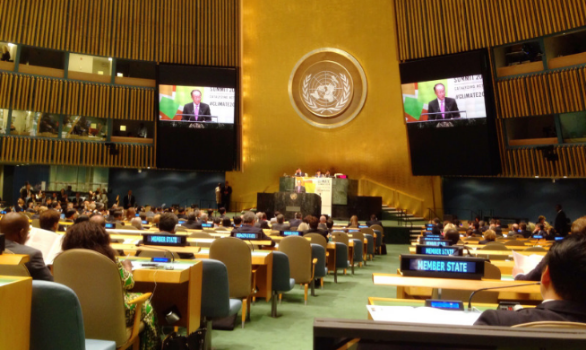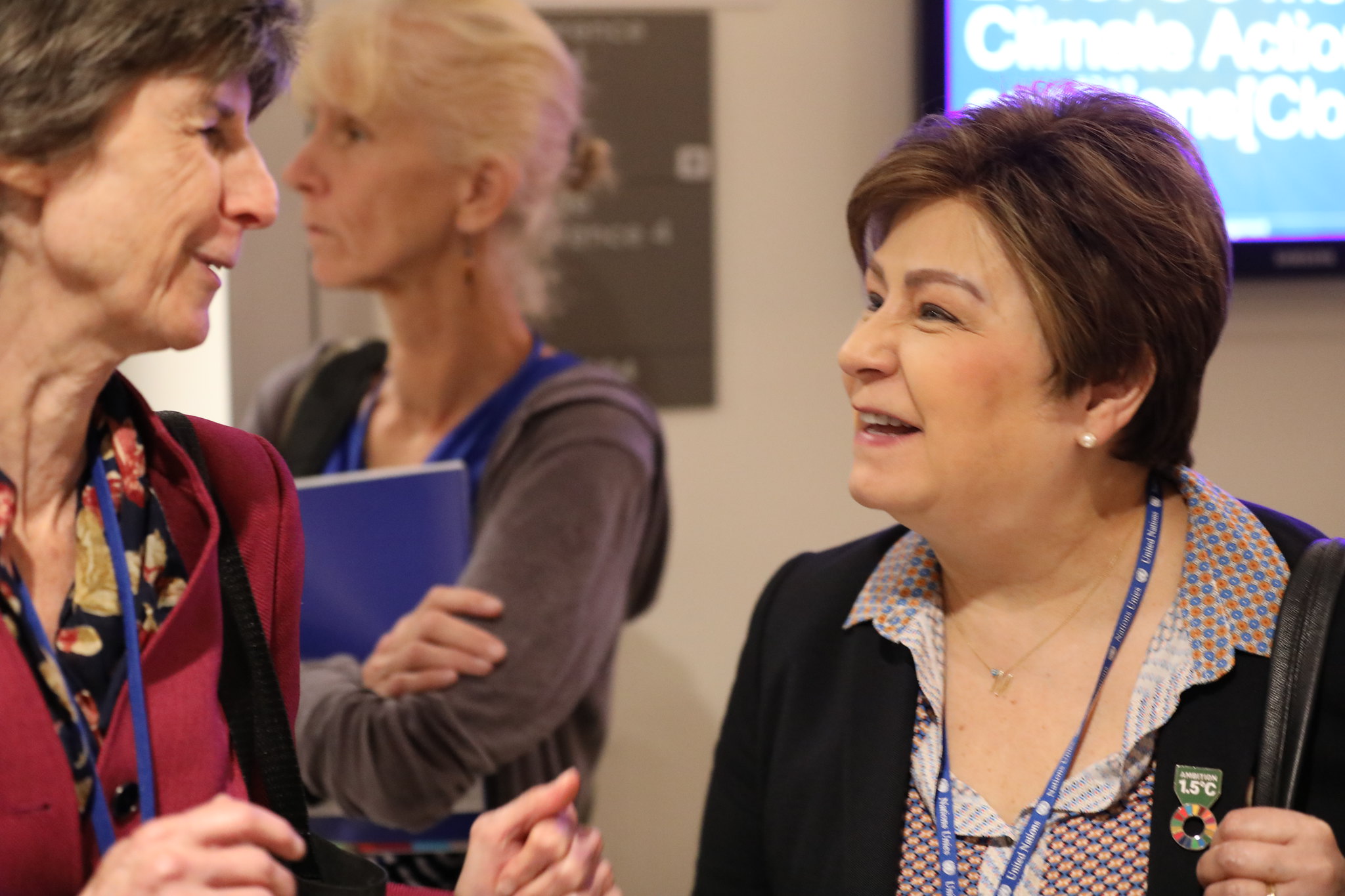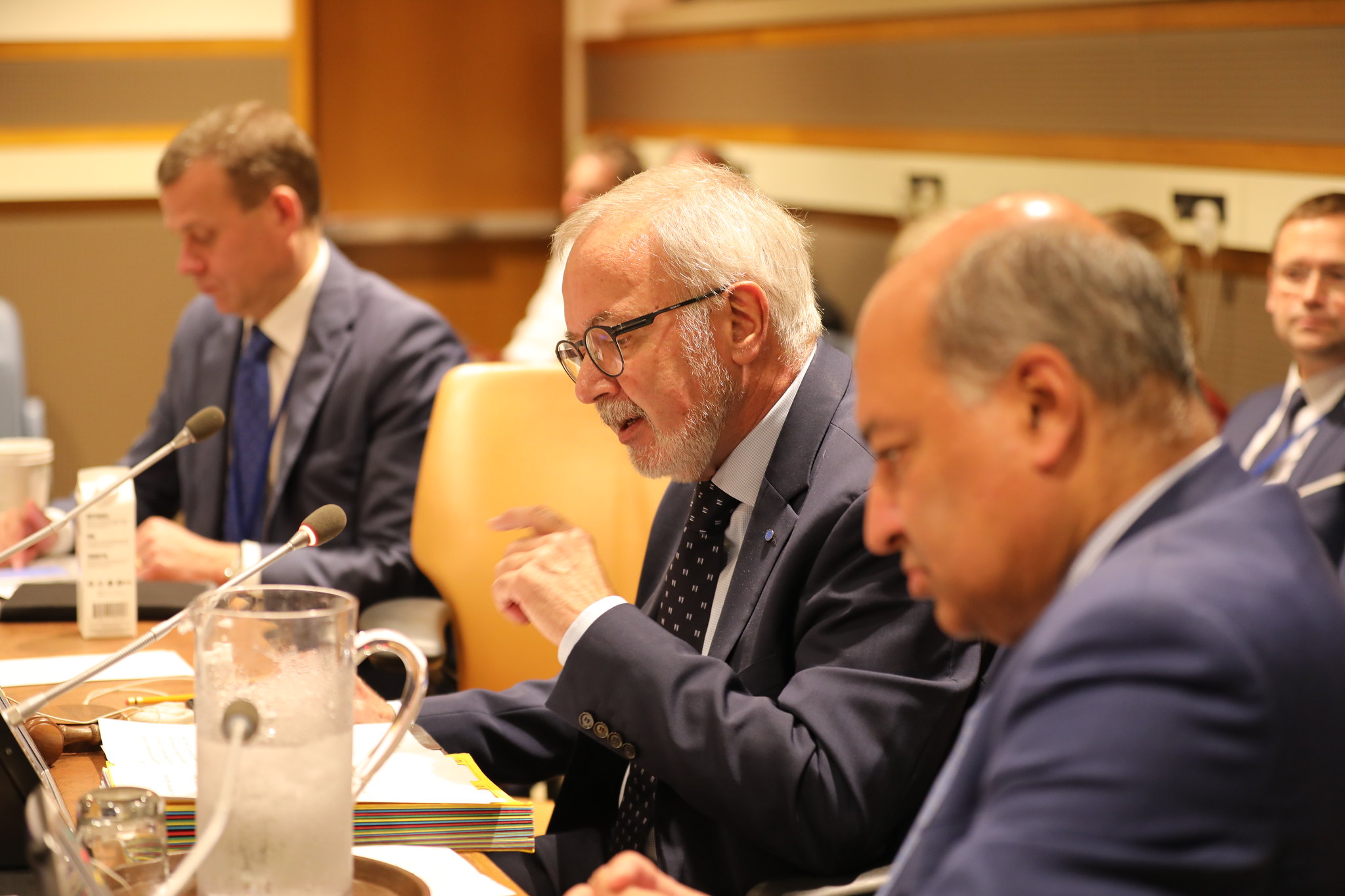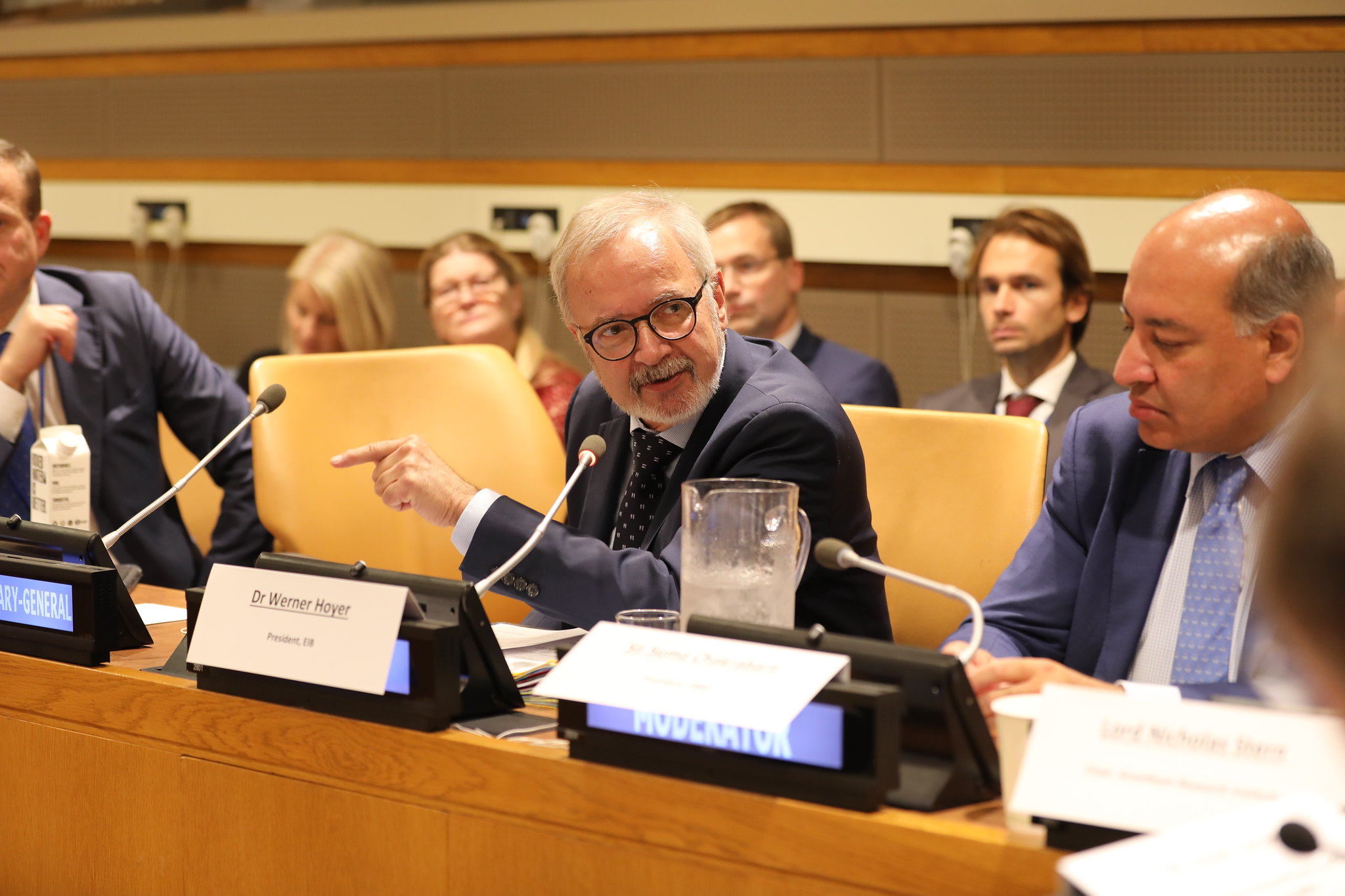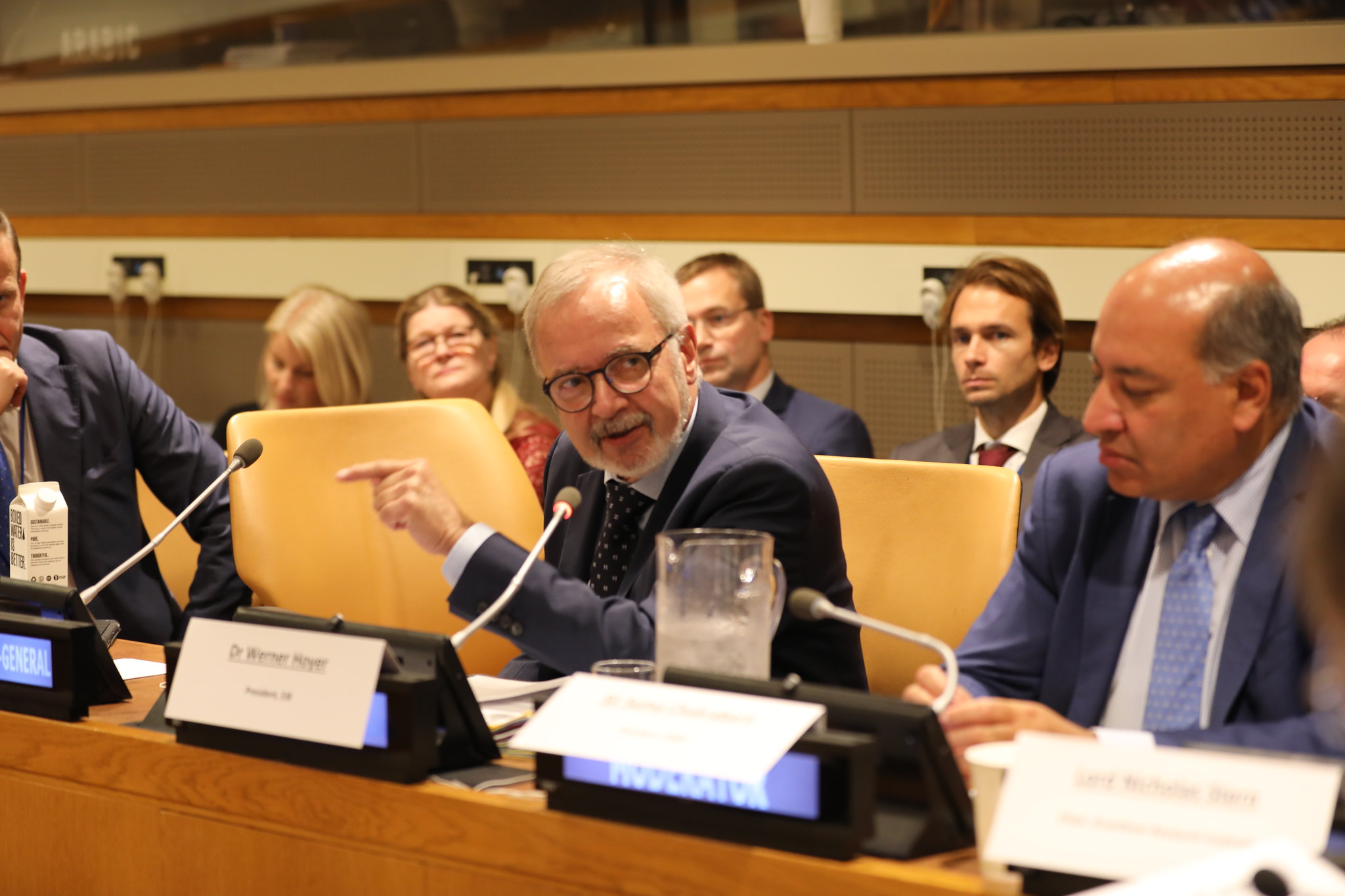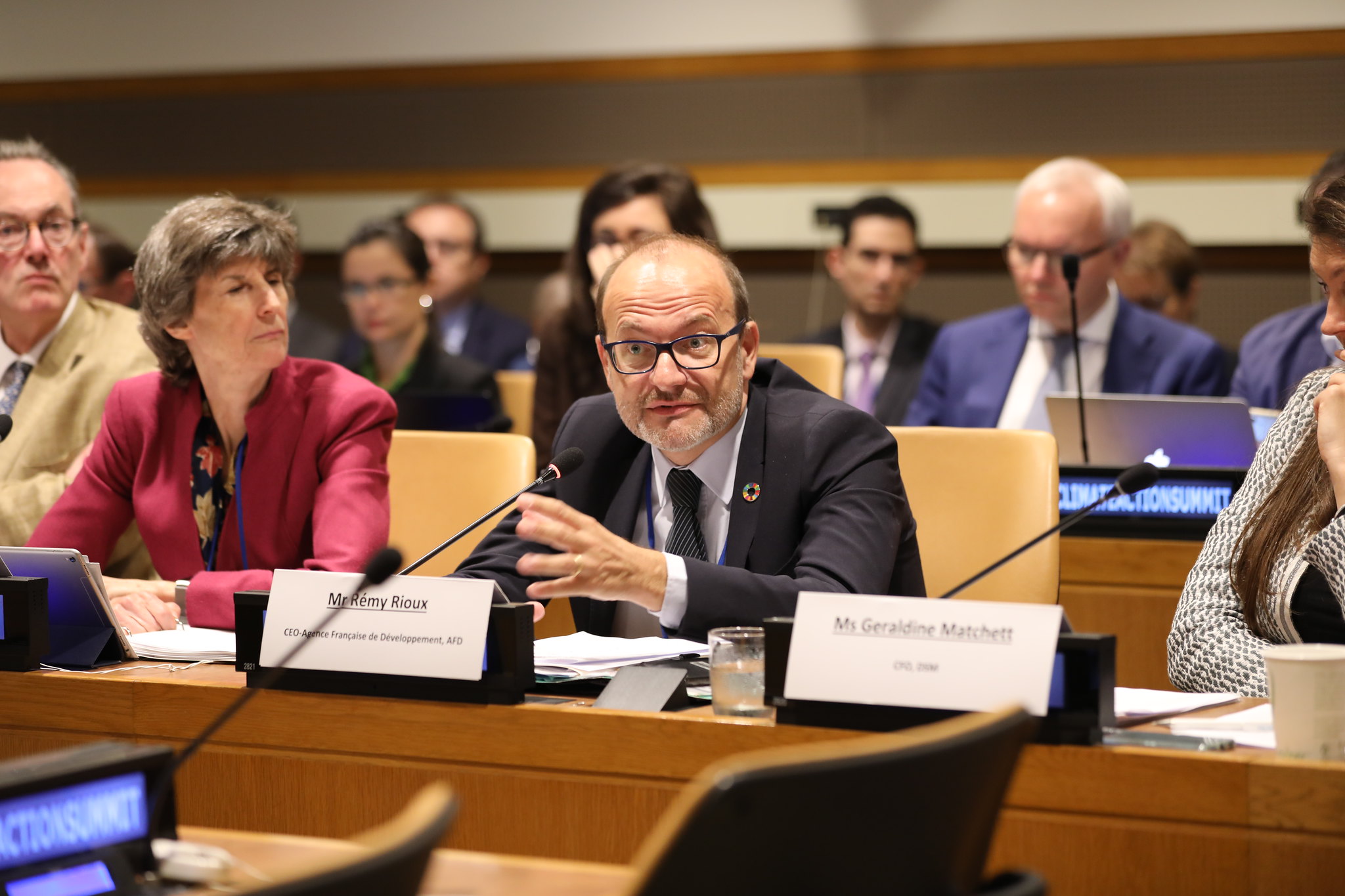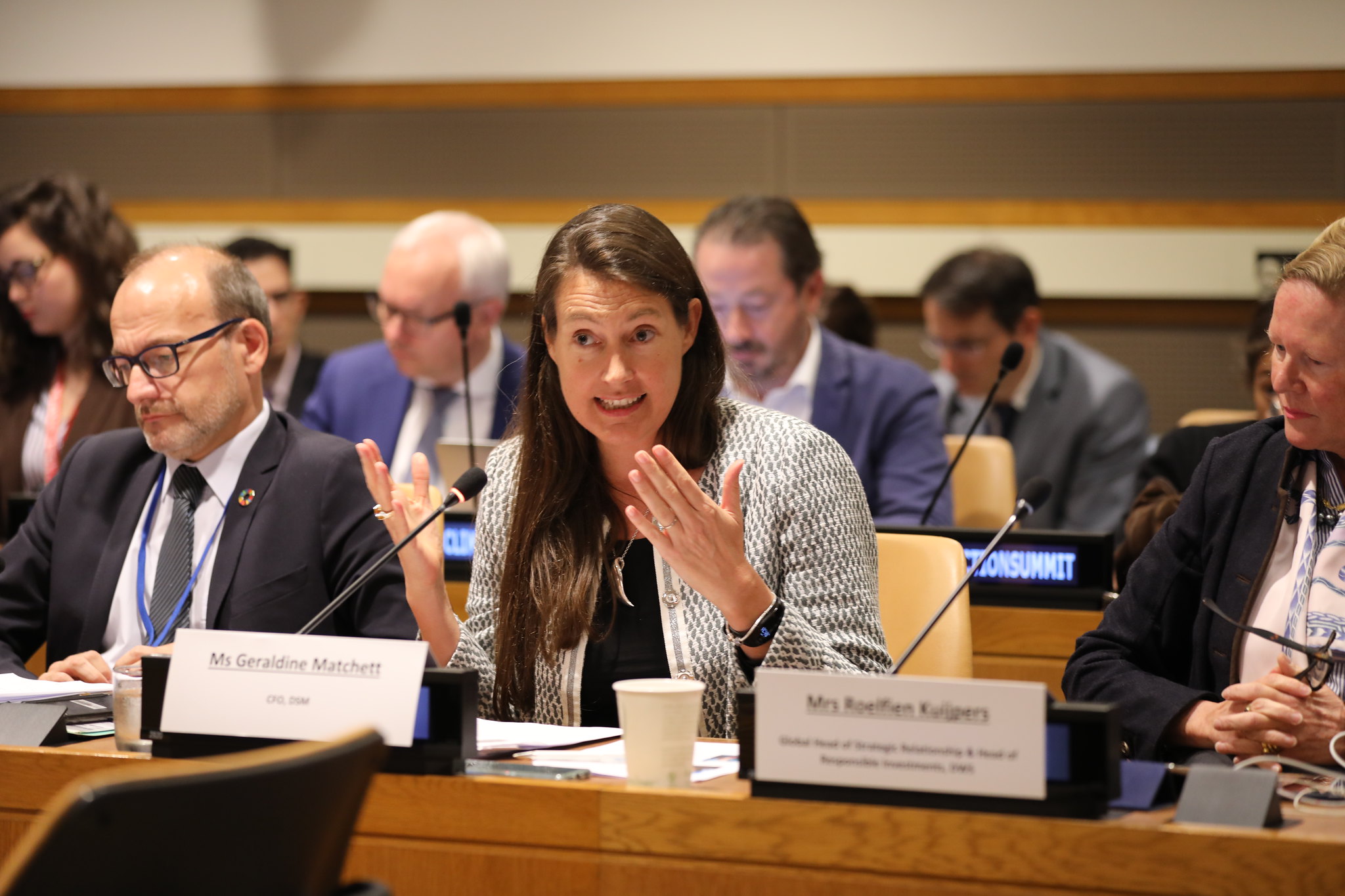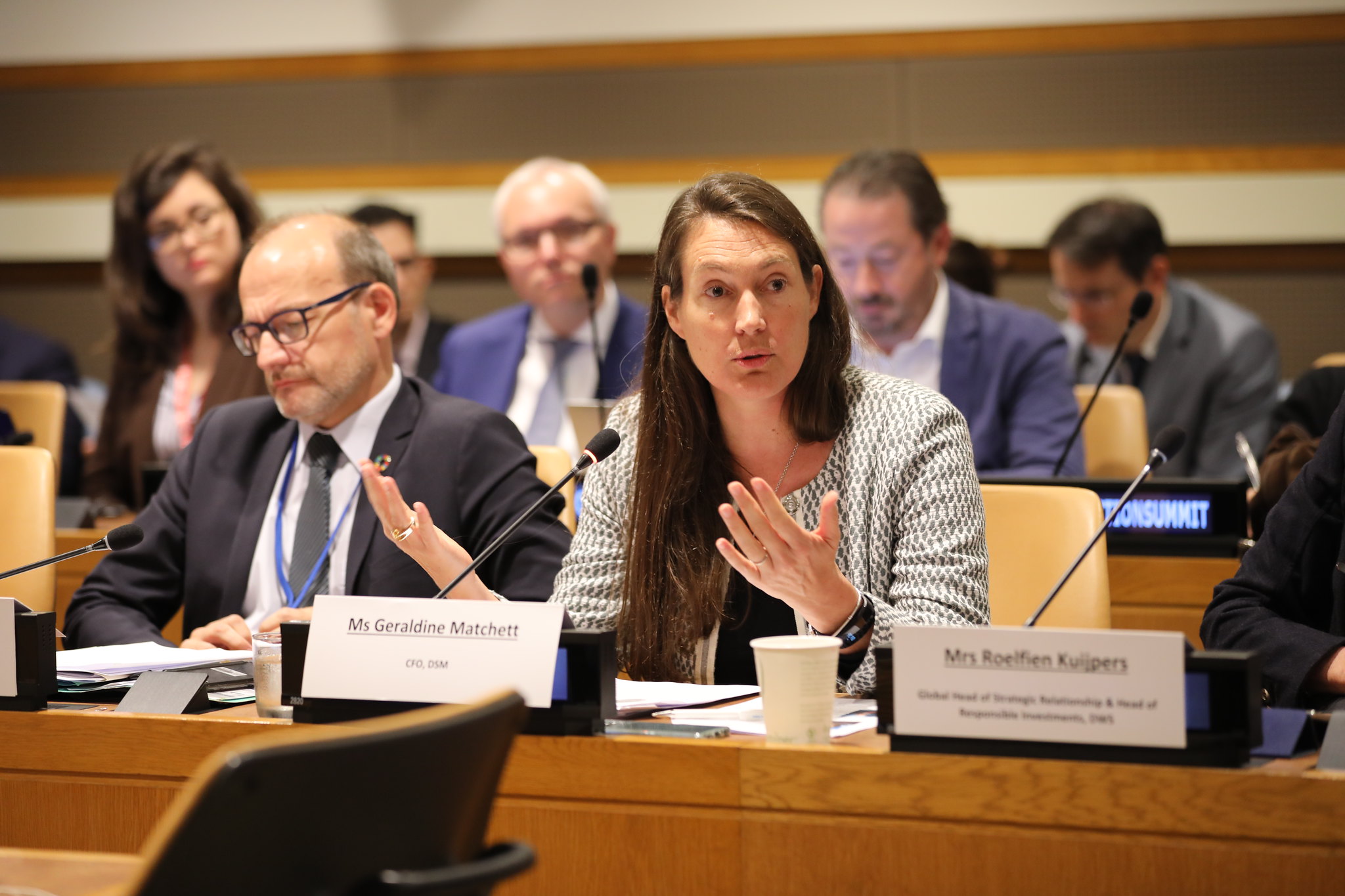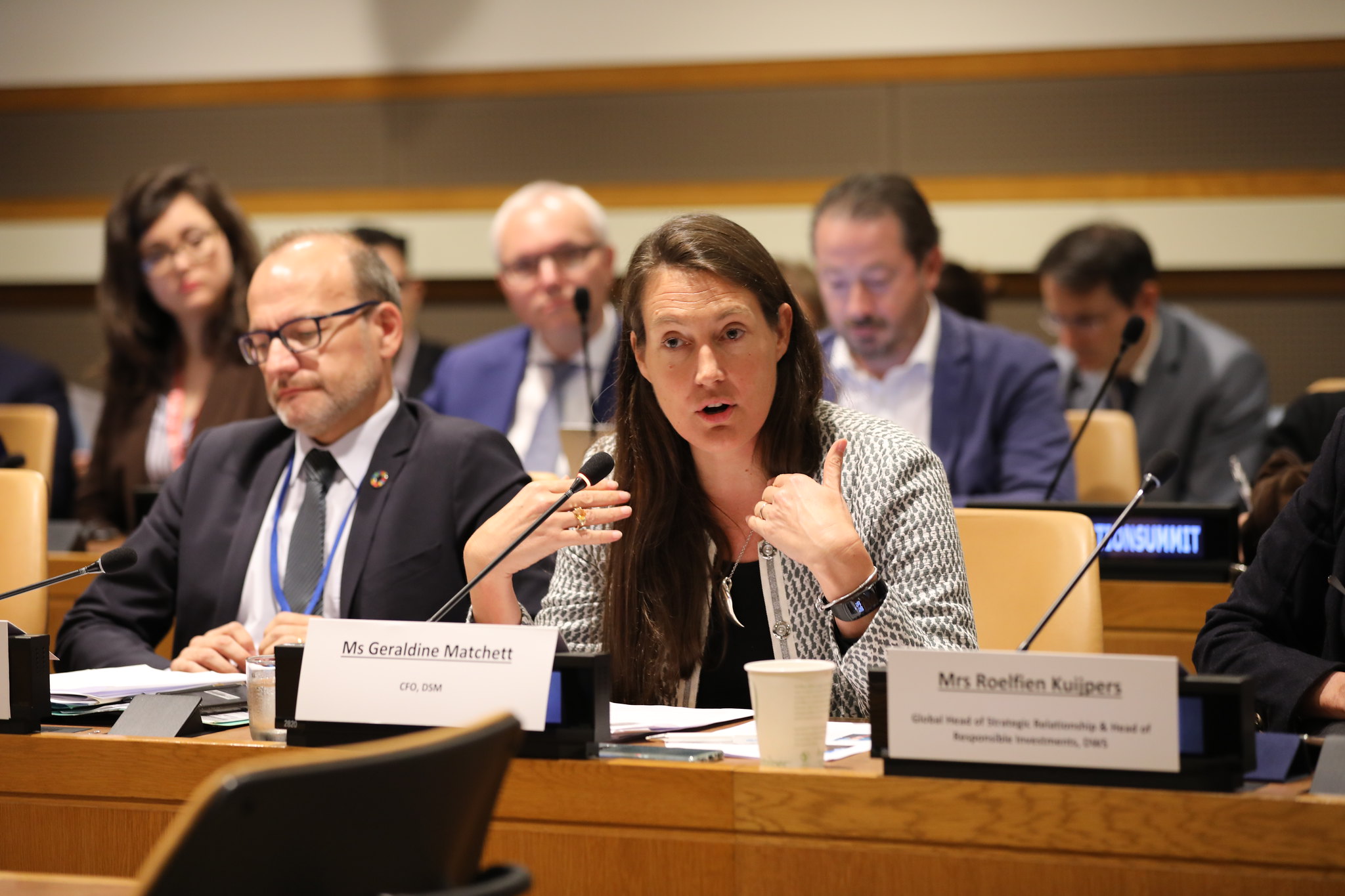The Carbon Pricing Leadership Coalition (CPLC) was officially launched on November 30, 2015, on the opening day of COP21.
The Coalition brings together governments, businesses and NGOs who all agree and advocate that carbon pollution should be priced fairly, effectively and efficiently.
The World Bank Group President, Jim Yong Kim, highlighted the fact that pricing carbon pollution is imperative if we are to address climate change, end poverty, and further sustainable development.
An important piece needed to solve the “climate puzzle” was put in place during the first day of the Paris climate talks: the successful launch of the Carbon Pricing Leadership Coalition (CPLC), with the enthusiastic support of 21 governments and more than 90 businesses and strategic civil society partners.
The goal of the initiative is to advance effective carbon pollution pricing systems and expand their use globally, helping countries to maintain competitiveness, create jobs, encourage innovation, and achieve meaningful emissions reductions.
These interlinked goals, and the actions planned to achieve them, are the foundations of the CPLC Work Plan, which was formally adopted during the Launch Meeting.
Carbon pricing is gaining momentum, but faster actions are needed.
The momentum to take action and price carbon pollution is clearly growing. Since 2012, the number of implemented or scheduled carbon pricing instruments has nearly doubled. Today, those which have been implemented have an aggregate market value of about US$50 billion. Right now, approximately 40 countries and 23 cities around the world are using carbon pollution pricing schemes. These represent about 7 billion tons of carbon dioxide, or roughly 12% of global greenhouse emissions, a threefold increase over the last decade.
While these numbers are encouraging, unfortunately they’re not enough to shift the current climate projections or to set the world on the 2-degree-Celsius development pathway needed to avoid the most devastating impacts of climate change. The majority of emissions (85 percent) are priced at less than US$10 per ton of CO2. That does not meet the price that economic models tell us is needed in order to reach the climate stabilization goals recommended by scientists.
Addressing this issue during his opening remarks at the CPLC launch event, the World Bank Group President, Jim Yong Kim, urged the members of the Coalition to boost their efforts and promote further actions:
“We need more governments and more businesses to act and put a price on carbon pollution now. Action must accelerate significantly for the world to meet international climate goals.”
The partner representative from the government of Ethiopia expressed agreement with President Kim, who highlighted the links between addressing climate change, ending poverty, and furthering sustainable development. Dr. Kim spoke of the pressing need to take simultaneous actions to take on poverty and climate change, and clearly affirmed that pricing carbon pollution is a key factor if we are to successfully meet this enormous challenge. CPLC government partners at the national and sub-national level highlighted key actions they are taking and commitments to work with the CPLC to support successful carbon pricing.
The private sector commitment
Today, over 400 businesses worldwide are using an internal carbon pollution pricing system to guide their investments.
The CPLC launch provided an ideal opportunity to showcase and present some of the best examples of carbon pricing leadership from global businesses willing to share and advance their best practices.
Representatives from Engie, Royal DSM and Total offered to help take the lead in mobilizing business support. Engie CEO Gérard Mestrallet highlighted how an internal carbon price has driven change within Engie’s business model, as well as its decision to discontinue investments in coal-fired generation going forward.
Feike Sijbesma, CEO of Royal DSM, committed to maintain a robust internal carbon price, currently at €50/ton of CO2, when reviewing investment decisions, and pledged to help mobilize business support to help governments implement effective carbon pricing policies. In addition, the Total Senior Vice-President for Sustainable Development & Environment, Jerome Schmitt, highlighted the importance of oil and gas companies taking a leading role in carbon pricing through the ‘Paying for Carbon’ initiative and pledged to work through the CPLC to mobilize the business world and advance leadership dialogues.
Moving Forward
The transition to a cleaner future requires government action and the right incentives for private sector partners. Carbon pricing is key to cutting pollution and driving investment in a low carbon future. The CPLC is ready to work jurisdiction by jurisdiction, unpacking each government’s unique policy challenges and helping them find solutions. To support this mission, several partners around the world have offered to host these discussions and thus maintain international momentum for carbon pricing among both governments and the private sector. The Inaugural Carbon Pricing Leadership Coalition High-Level Assembly will take place in 2016 and will welcome new Partners, assess global updates on the state and trends of carbon pricing around the world, and identify opportunities to drive the global carbon pricing agenda forward from Paris.
Find more information and the official CPLC Official Event and Work Plan report here.







